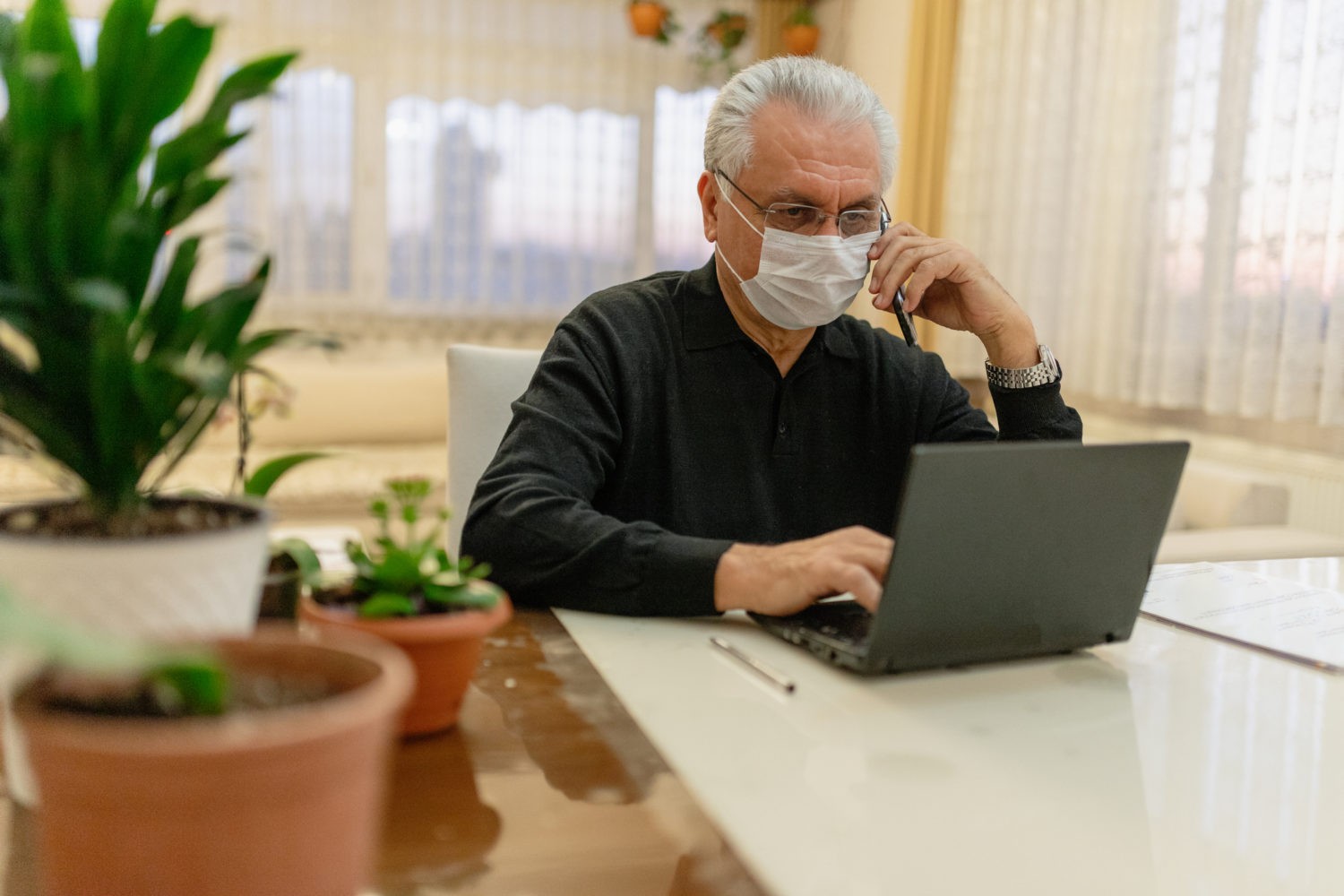April 16, 2020 by Siobhan Climer and Eric White
While the ramifications of the coronavirus outbreak on workplace statistics have yet to be fully realized, the number of employees now working remotely has obviously grown enormously. What does this growth mean for remote network access and infrastructure demands?
Quite a bit, it seems.
Atlas, a VPN vendor, published research in late March of 2020 showing VPN usage in the U.S. increased by 53% between March 9 and March 15. Chief Operations Officer Rachel Welch expected that number to triple – reaching 150% growth – by the end of March.
The incredible Juliet Beauchamp of IDG Media shared this great video in late March providing a more consumer-focused perspective on at-home wifi networks and remote network capabilities:
Some Sectors More Strained Than Others
Remote work isn’t equally accessible to all industries. While front-line healthcare staff, grocery store employees, and pharmacy attendants are still reporting in-person to their jobs, many individuals across the U.S. are now working remote – including government officials.

The stress on remote-access networks and security is being felt. Essye Miller, the principal deputy to the Department of Defense’s CIO, reported in mid-March that the “unprecedented” strain on the DOD’s network was opening the department to increased security risk and strain.
In addition to federal and local government agencies, finance, manufacturing, technology, and education – as well as any organization that relies heavily on video feed – will also feel the strain.
Are Internet Providers Responsible?
 Phone companies have expressed minimal concern over the shift. AT&T CEO Jeff McElfresh announced that “We can provide the ability to work where customers need to work and help them continue to be productive. It’s something I’m proud of. This is something we do right.”
Phone companies have expressed minimal concern over the shift. AT&T CEO Jeff McElfresh announced that “We can provide the ability to work where customers need to work and help them continue to be productive. It’s something I’m proud of. This is something we do right.”
His confidence stems from the fact that traffic itself isn’t changing. The patterns of usage – as residential areas increase usage compared to industrial or office park areas – is what is expected to change. Homes with multiple adults working and children engaged in virtual learning (or video entertainment) will now see the greatest usage.
Cable and phone companies that provide home broadband are much more likely to feel the strain at high-trafficked network nodes.
How Remote-Access Networks Handle The Heat
One of the biggest challenges in the shift to large-scale remote work is virtual private network (VPN) access. VPNs provide a secure, private network connection over a public network. Typically, organizations use the VPN sparingly to support a few select employees.
The rapid deployment of work-at-home policies means that even a month into remote work some companies have still not successfully allocated sufficient remote-access network resources. This means slow or dropped connections.
Companies that have tested remote contingency plans or disaster recovery programming are fairing far better than others. “Mission-critical shouldn’t be a gut-feeling or a buzzword,” says Eric White, CTO of Mindsight. “It’s a decision strategic companies make during disaster recovery planning.”
Ensure Your Employees Can Be Efficient While Remote
If you haven’t already stress-tested your network capacity, or are running into issues with your remote-access network deployment, reach out to Mindsight’s expert-level-only engineers. We can help you identify any current issues, remediate, and pivot your business towards the new work-at-home reality.
Like what you read?
Contact us today to discuss remote-access networks.
About Mindsight
Mindsight is industry recognized for delivering secure IT solutions and thought leadership that address your infrastructure and communications needs. Our engineers are expert level only – and they’re known as the most respected and valued engineering team based in Chicago, serving emerging to enterprise organizations around the globe. That’s why clients trust Mindsight as an extension of their IT team.
Visit us at http://www.gomindsight.com.
About The Authors
Eric White is Chief Technology Officer and VP of Consulting Services at Mindsight. With over ten years of experience in information technology and leadership, Eric excels at implementing network and data center technologies, designing high-yield solutions for the business. Holding professional certifications from Microsoft, VMware, and EMC, as well as the Cisco CCNP, Eric is an expert at solving business realities with a client-centric focus that delivers.
Siobhan Climer writes about technology trends in education, healthcare, and business. With over a decade of experience communicating complex concepts around everything from cybersecurity to neuroscience, Siobhan is an expert at breaking down technical and scientific principles so that everyone takes away valuable insights. When she’s not writing tech, she’s reading and writing fantasy, hiking, and exploring the world with her twin daughters. Find her on twitter @techtalksio.
The Best VPNs For Your 2020 Work-From-Home Policy: A Cybersecurity Report

